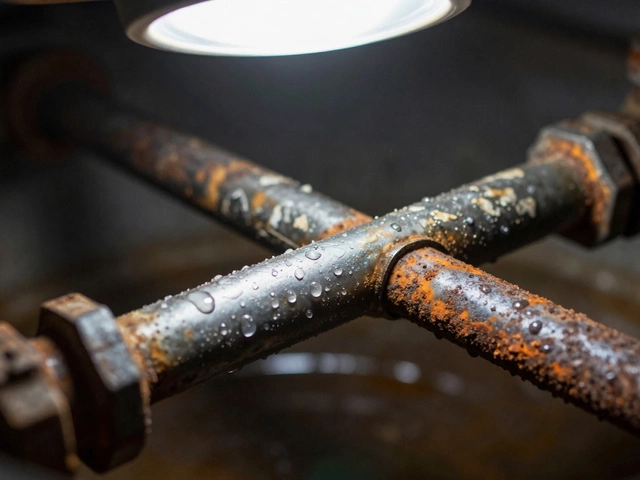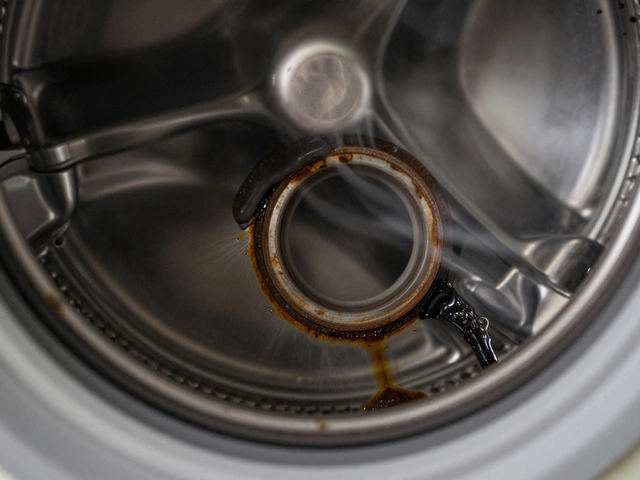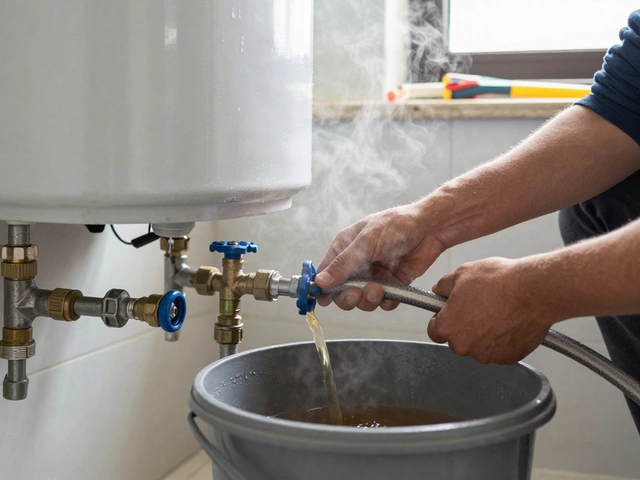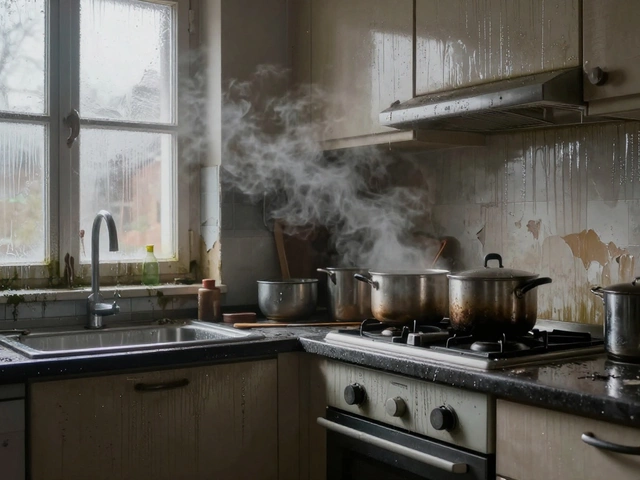Appliance Safety Tips for Every Home
Whether you’re fixing a fridge, swapping a dishwasher part, or just doing a quick check, safety should be your first move. A small slip or a missed step can turn a simple repair into a dangerous situation, so let’s walk through the basics that keep you, your family, and your home out of trouble.
Before You Start: Essential Safety Checks
First thing – always cut the power. That means unplugging the appliance or switching off the circuit breaker. Even if the device looks dead, a hidden charge can still give you a nasty shock. If you’re dealing with gas appliances, turn off the gas valve and ventilate the area before you begin.
Next, gather the right tools. Using the wrong screwdriver or forcing a part can strip screws, break components, or cause injuries. A set of insulated screwdrivers, a multimeter, and a sturdy flashlight are worth keeping in your toolbox.
Check the space around the appliance. Clear away clutter, dry any spills, and make sure you have enough room to move without tripping. If the floor is slippery, lay down a non‑slip mat – it’s a tiny step that saves big trouble.
During Repair: Stay Safe Step by Step
Keep your hands dry and wear gloves when handling sharp edges or hot parts. Gloves also protect you from chemicals in refrigerants or cleaning agents. When you need to test an electrical circuit, use a multimeter set to the correct range and never touch the probes at the same time.
Never force a part to fit. If something won’t slide into place, double‑check you have the right component and that it’s oriented correctly. Forcing it can crack plastic housings, break seals, or damage wiring.
If you notice a strange smell, sizzling sound, or any sign of burning, stop immediately. Shut off the power, step back, and call a professional. These are classic warning signs that something is beyond a simple DIY fix.
After the repair, do a quick safety run‑through. Plug the appliance back in or restore the breaker, turn the gas back on if needed, and watch for any abnormal noises or leaks. A short test run helps you catch problems before the whole family uses the device.
Finally, keep a record. Note what you fixed, which parts you replaced, and any safety steps you took. This log helps you remember maintenance dates and makes future repairs quicker and safer.
Sticking to these simple habits turns a potentially risky job into a routine chore. You’ll feel confident fixing appliances, save money, and keep your home safe. Got a specific appliance question? Our team at Hinckley Home Appliance Repair Services is just a call away for advice or professional help.
17 April 2025
·
0 Comments
Ever wondered what 'appliance standard' actually means when you’re buying a fridge or calling in a technician? This article unpacks the basics behind appliance standards, why they matter, and how they keep your home safe and efficient. You’ll see how these standards impact what you buy and what you need to know if you’re getting an appliance serviced. Plus, some tips for checking if your appliances are up to scratch. Skip the jargon—just straight-up facts and helpful advice.
Read more






